Tag: rural
-
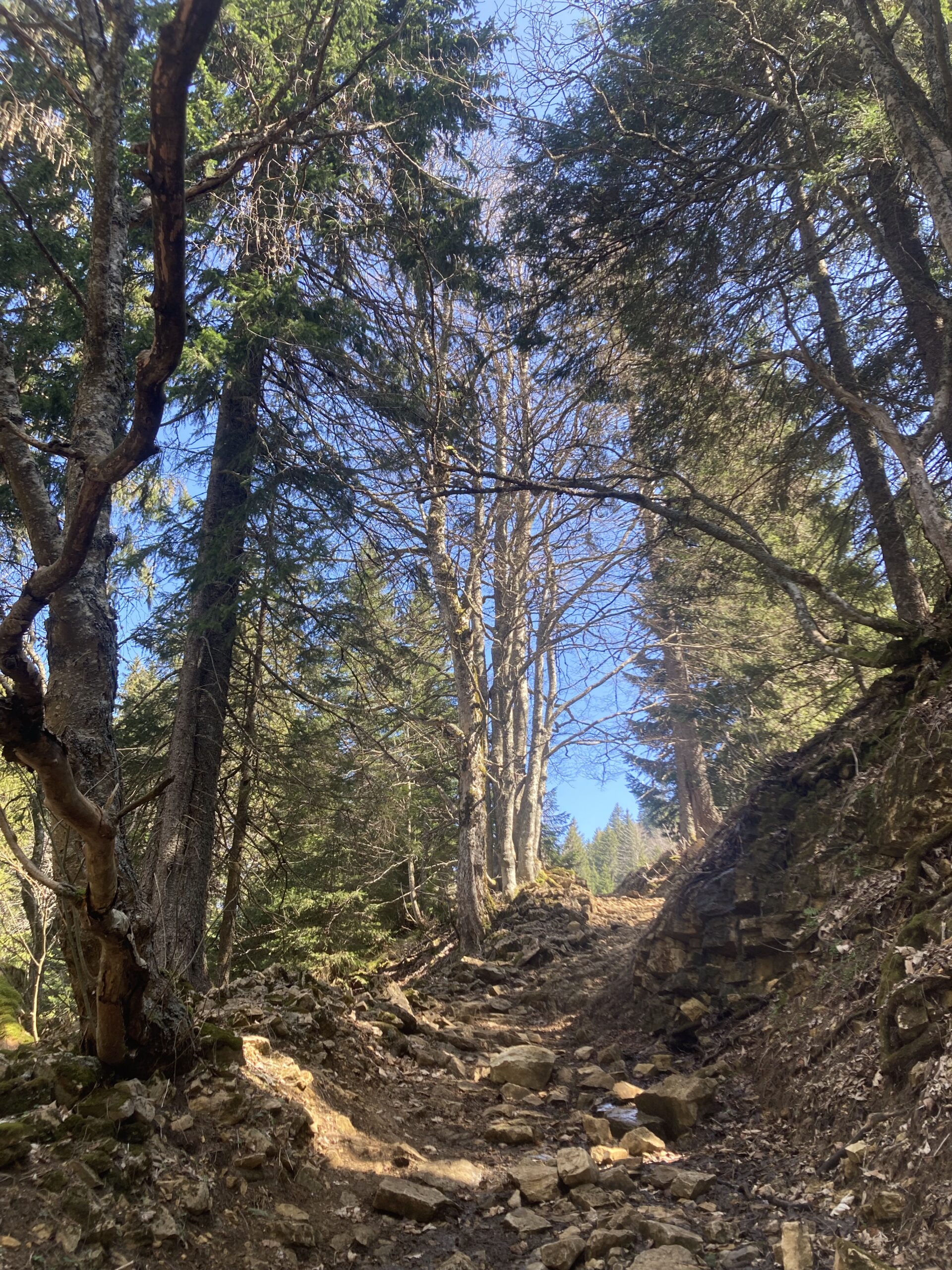
Watching a Cloud Grow While Walking
Reading Time: 5 minutesYesterday I went for a walk and during this walk I kept looking at the Jura. Above the Jura I could see a cumolonimbus cloud mushroom and grow upwards, before spreading out. This morning I read about a huge hail storm. I photographed that storm cell as it was growing. Yesterday I…
-
Vision Du Réel – The Mountains Won’t Move
Reading Time: 2 minutesVision Du Réel is a documentary film festival that takes place every year, or almost. It is an opportunity to watch documentary films on a screen bigger than a laptop or television. Many films are screened with the director/producer but they are also screened a second time. Yesterday I went to watch…
-
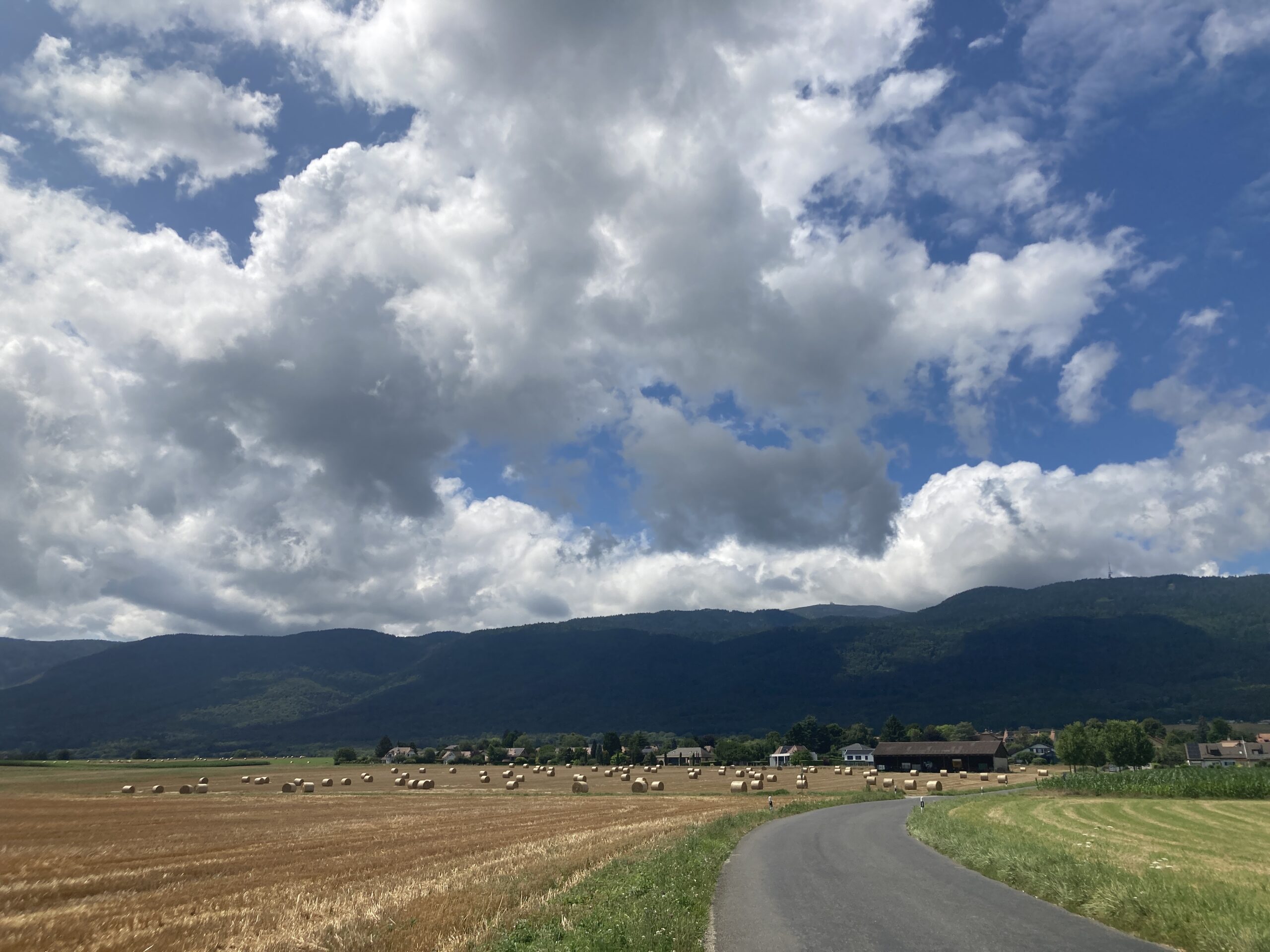
A Two and a Half Hour Walk
Reading Time: 2 minutesYesterday afternoon I was convinced that I would have a short easy walk, just to get out of the house. In reality I walked from Nyon to Bonmont and back along roads, but also farm paths. I walked this route because I decided that going for a walk would keep me cooler…
-
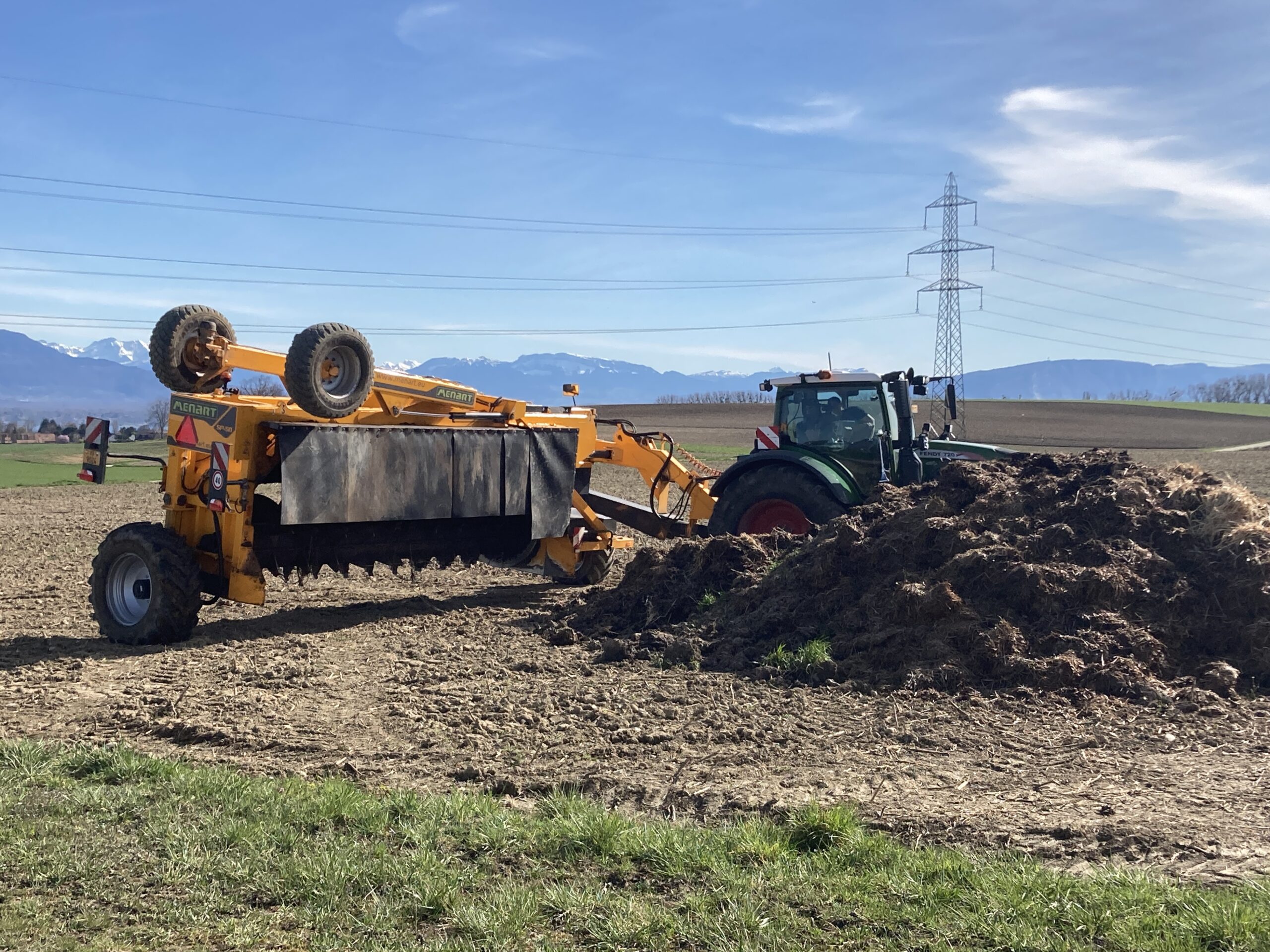
Aerating Manure
Reading Time: < 1 minuteToday I saw a strange machine so I stopped to watch it in action. It went over a pile of manure and flipped it around to get air through the pile to help with the forming of fresh manure to spread on fields shortly.
-
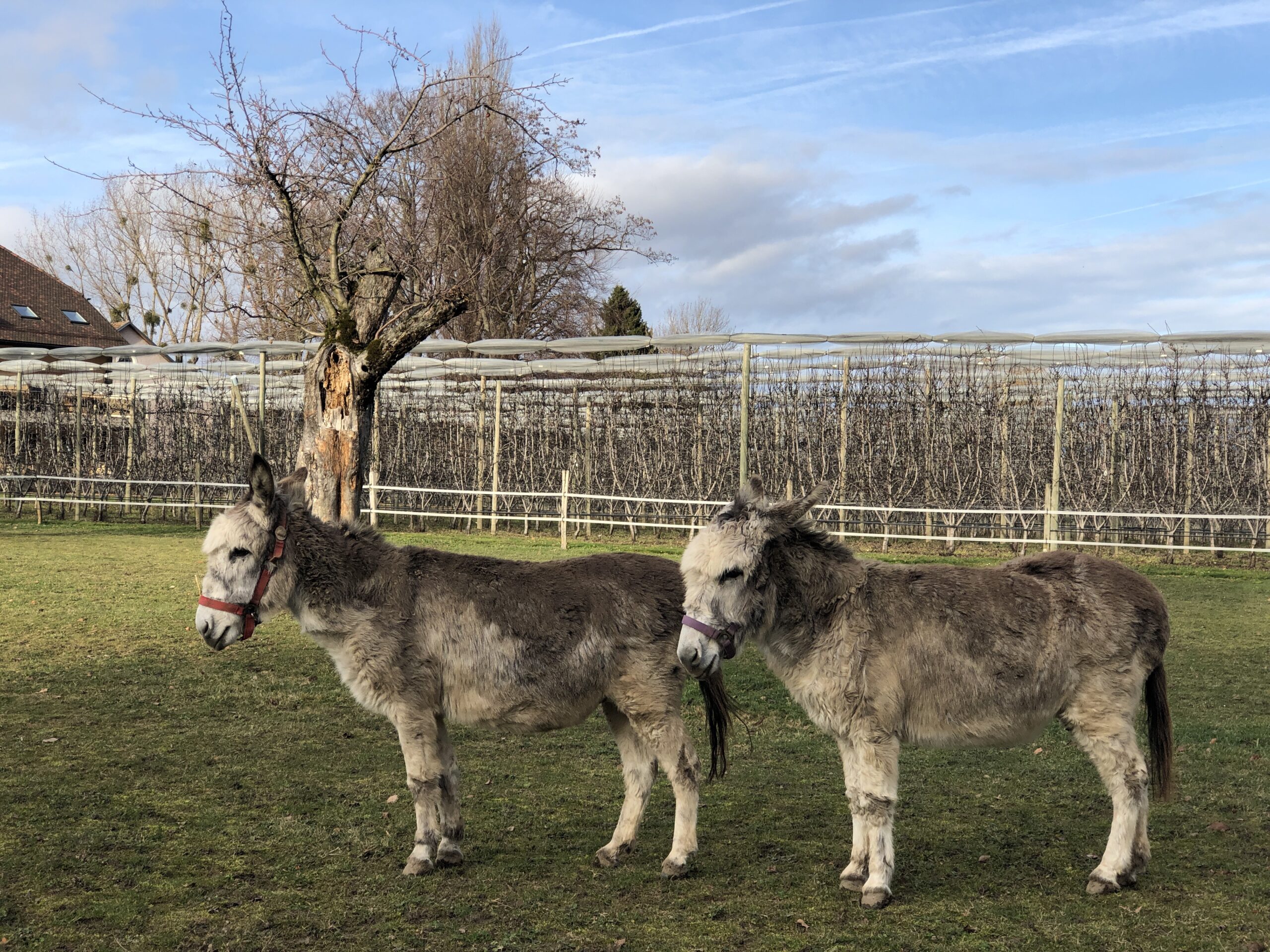
-
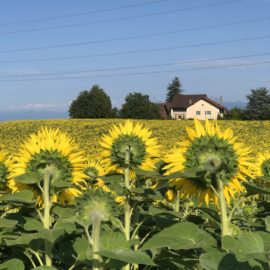
Sunflowers Looking Towards A House
Reading Time: < 1 minuteDo you feel like you are being watched. Imagine loving south of a field of sunflowers.
-
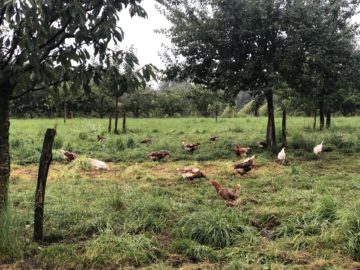
-
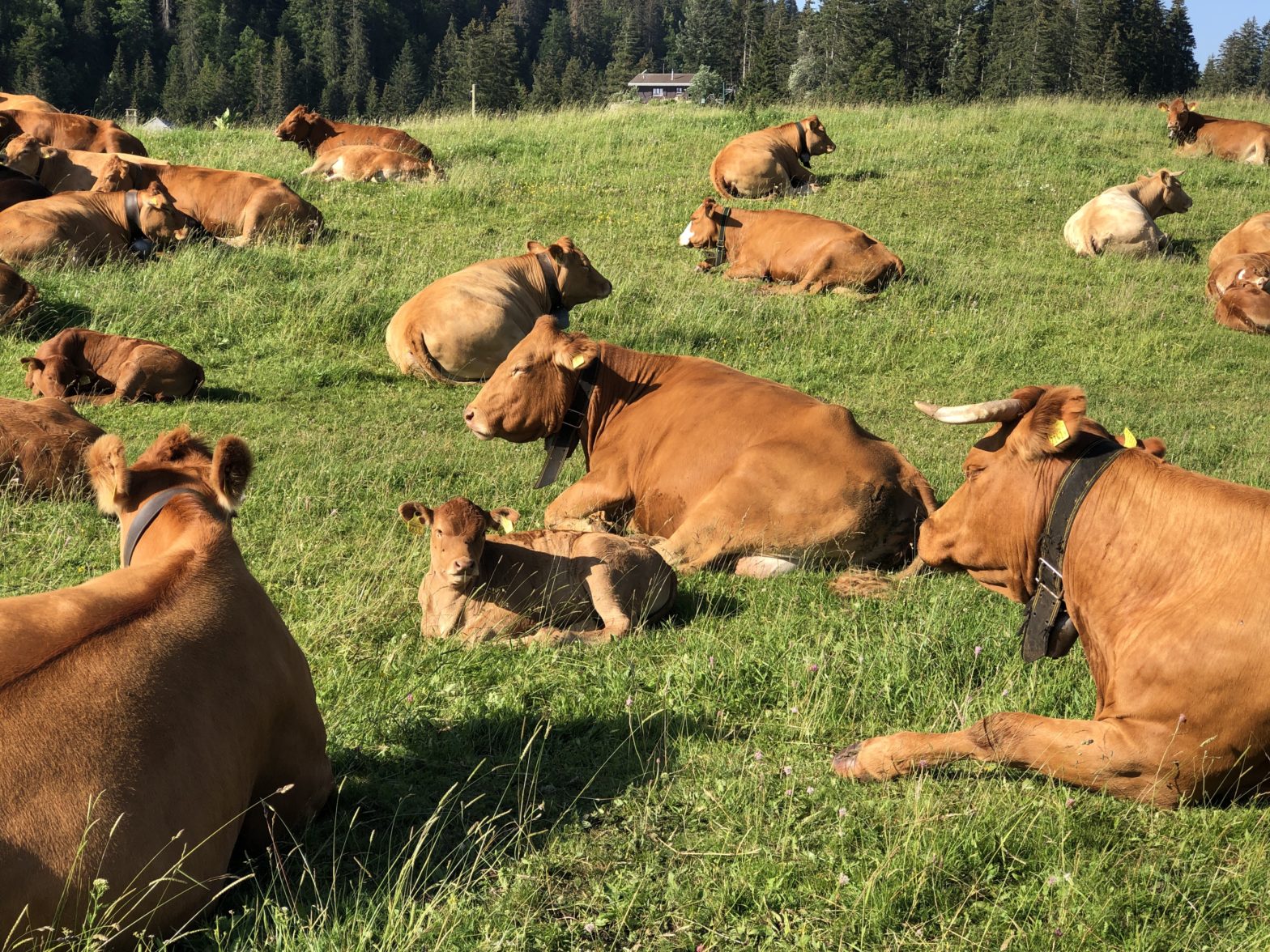
Relaxing Cows – The Right Crowd To Be With During A Pandemic
Reading Time: 2 minutesDuring a pandemic it makes sense to go to the mountains and it makes sense to walk where you have space to the left and right to keep social distancing. Today I saw the cows near St Cergue and they were all sitting and relaxing, chewing the cud, waiting for the tourist…
-
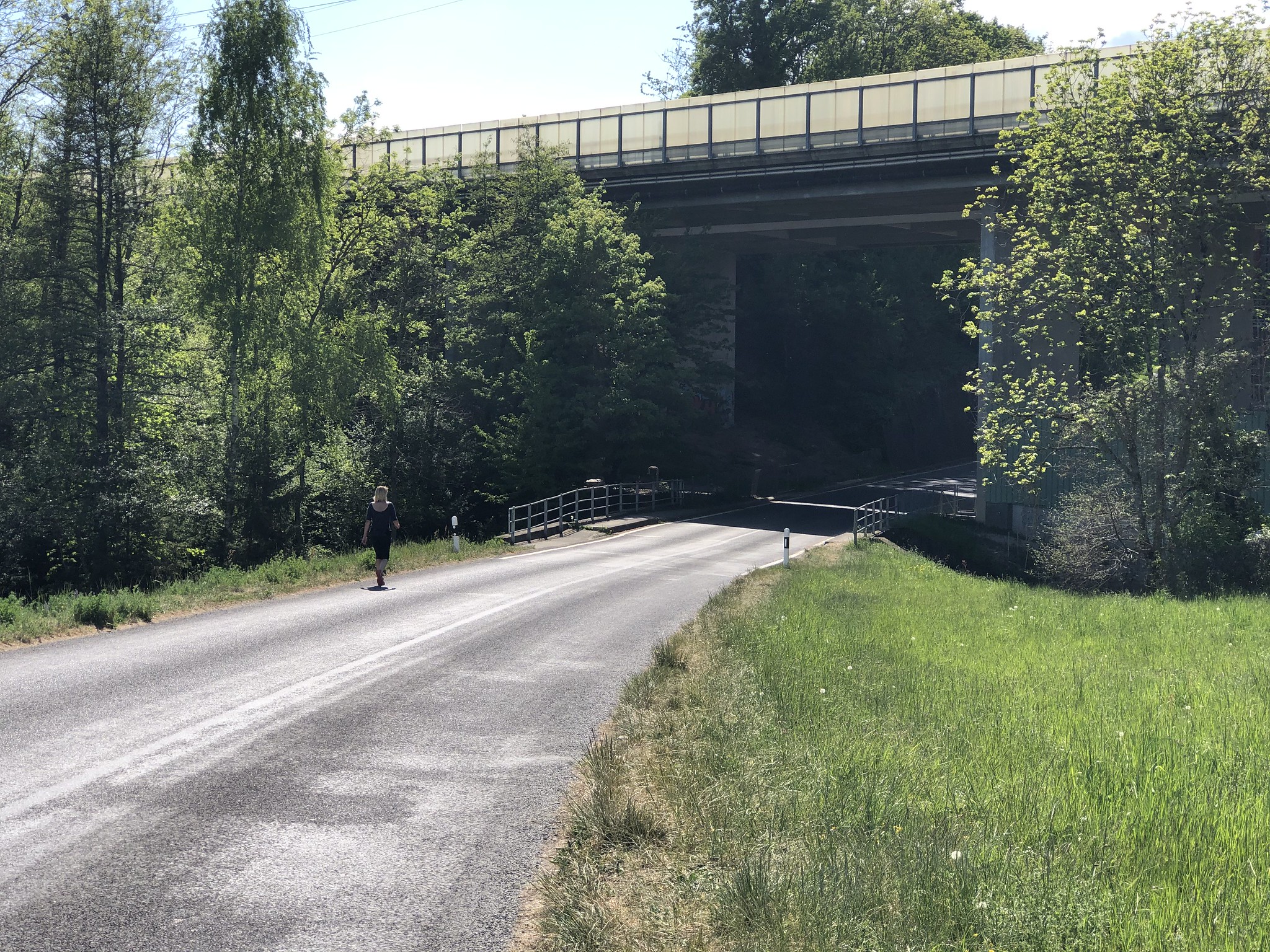
Walking from Village to Village, and Village to Town
Reading Time: 3 minutesThe conversation is too often about designing cities to be car-free, but I would argue that designing the countryside to require less frequently would be more advantageous. The reason for this is that walking from village to village, and from villages to towns eliminates the need for, and appeal of the car.…